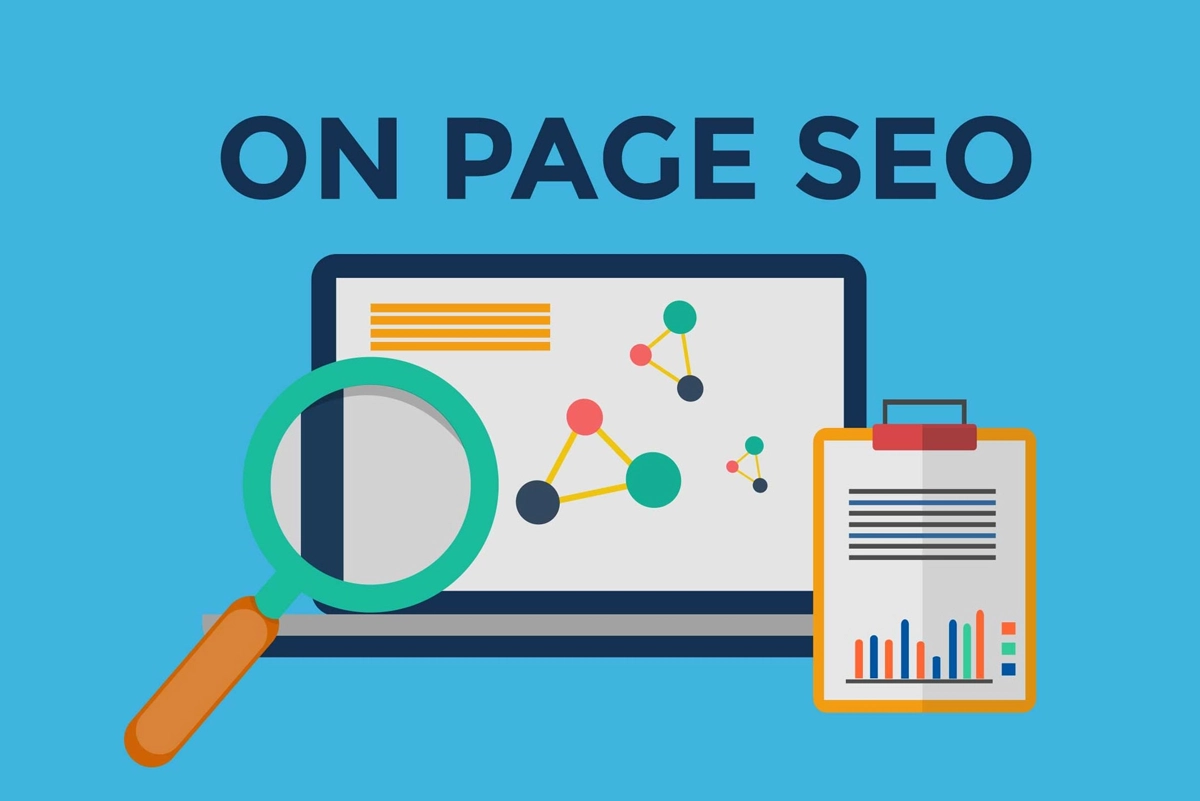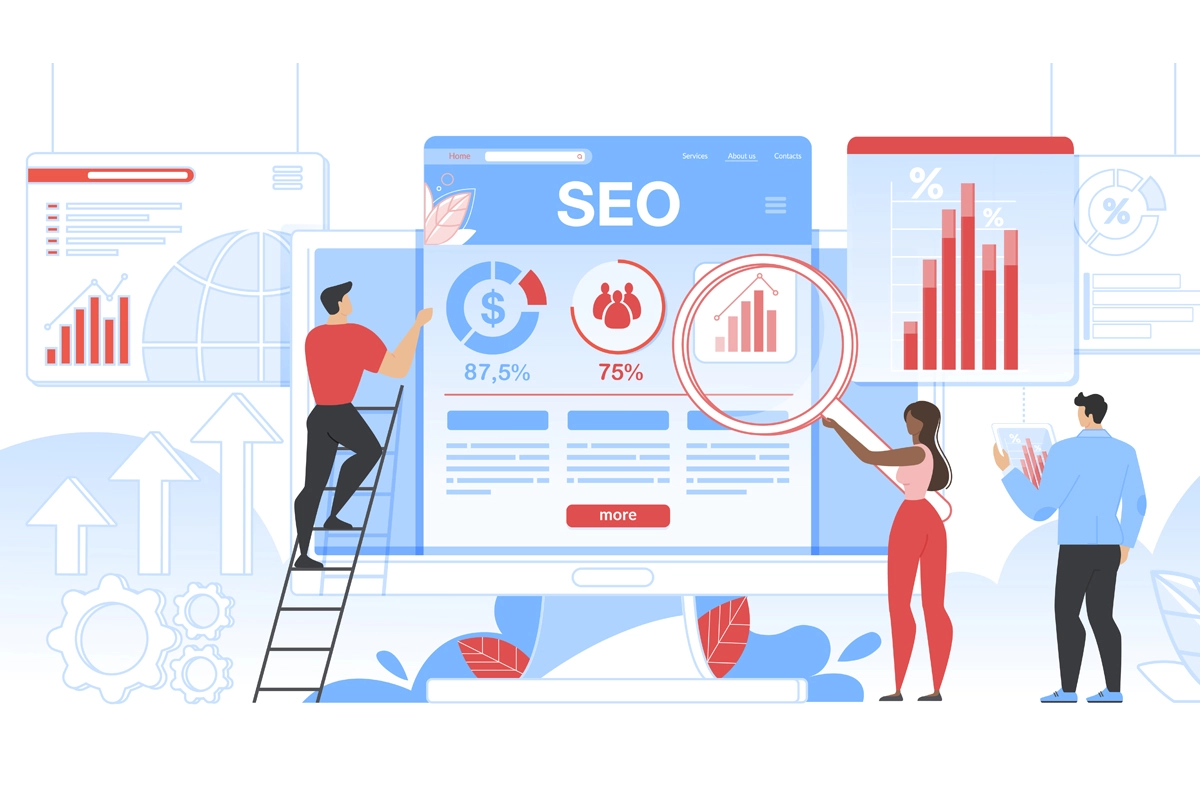- Use a CRO planner.
Getting started with conversion rate optimization can seem like a daunting task.
The first step to improving your conversion rate? Use a CRO planner.
With a CRO planner, you’ll be able to analyze and develop a strategy for increasing your conversion rate.
For example, with HubSpot CRO planner, you’ll find instructions on how to conduct a site audit, identify areas to improve your conversion funnel, understand users on your site, and go through the process of A/B testing and experimentation.
CRO planners can be helpful because they take through the entire process from A to Z. - Shorten your forms.
One reason that users don’t convert is because there’s friction in the process. For example, if you have a long-form, visitors might be hesitant to fill it out.
It’s your job to eliminate hesitation, not create it. By shortening your forms, you’ll create trust among your audience. Plus, it takes less time to fill out so users are more likely to complete it. - Include social proof.
Did you know that 89% of consumers check online reviews before making a purchase? The Canvas8 study commissioned by Trustpilot also found 49% of consumers consider positive reviews one of their top three purchase influences. Without a doubt, your reputation and online presence impact your conversion rate. That’s why you should include social proof on your site.
You can link to your Yelp or any other directory page where customers have left reviews.
Additionally, you should also add testimonials and reviews right on your site so visitors don’t have to go to a third-party site.
It should be apparent that your customers have enjoyed using your product or service. If it isn’t, your conversion rate will suffer. - Track how people interact with your site.
It’ll be hard to improve your conversion rate if you don’t understand how users are interacting with your site.
But how can you see where visitors are getting tripped up? With website analysis tools, you can see screen recordings of users on your site. You’ll see what they click on, if they skip over an offer, or if they stop filling out a form in the middle.
Additionally, these tools should include heat maps of your site, so you can see what elements stand out and what draws the eye.
A tool like Crazy Egg or HubSpot’s website grader can help you see what you’re doing well and diagnose what areas of your site you need to improve. You should also calculate your conversion rate and analyze why visitors aren’t converting on your site. - Add live chat.
When a web visitor doesn’t convert, they might have a question or concern about your product or service.
To avoid losing potential customers, you should consider adding live chat to your site.
With live chat, your customer service or sales employees can alleviate concerns of prospects who are on the fence. - Test your offers.
Sometimes it can feel like you’ve checked everything — you’ve written a strong copy, included social proof, and have optimized your forms … but you still aren’t converting.
When this happens, it’s time to check your content offers. Do they align with your audience? Are they creative and compelling? Do the offers make sense for the page they’re on?
Think about your current offers and answer those questions.
For example, offering a free trial or consultation is fairly generic. Instead, you could offer something like HubSpot’s Website Grader. With this offer, the customer is getting a lot out of it.
They’re getting actionable advice, for free, and they don’t need to clear out time on their calendar to get it.
Tangible and compelling offers always perform better than a generic offer. To improve conversions, you need to analyze and test your content offers. - Conduct A/B testing.
It’s not always easy to know what’s working and what isn’t. When that happens, you should conduct A/B tests.
See what types of headlines, colors, copy, layout, and CTAs work for your audience. Get creative with your experiments.
For example, you can try testing an entirely new type of CTA or completely changing the format of your copy. - Increase trust and remove friction.
Users don’t convert if they don’t trust your brand or experience friction in the process.
So, how can you increase trust?
You can use several tactics, including money-back guarantees, updating your site content regularly, avoiding spammy links, and making the site easy to use.
If it looks like you haven’t posted a blog in two years or there are a lot of broken links — that’s friction and it creates distrust.
Additionally, you can include team bios so your audience knows who they’re getting information from. - Create abandoned cart email campaigns.
Have you ever been on a site, added something to your cart, but decided not to check out? We all do it and that means it’s probably happening on your site too.
You shouldn’t forget about those potential customers. If someone abandons their cart, they should receive an abandoned cart email campaign.
With this type of email campaign, you’ll email users a reminder about the products in their cart, send a follow-up, and then perhaps include a discount or offer.
If you don’t send this email, you’re losing out on conversions.
Categories


